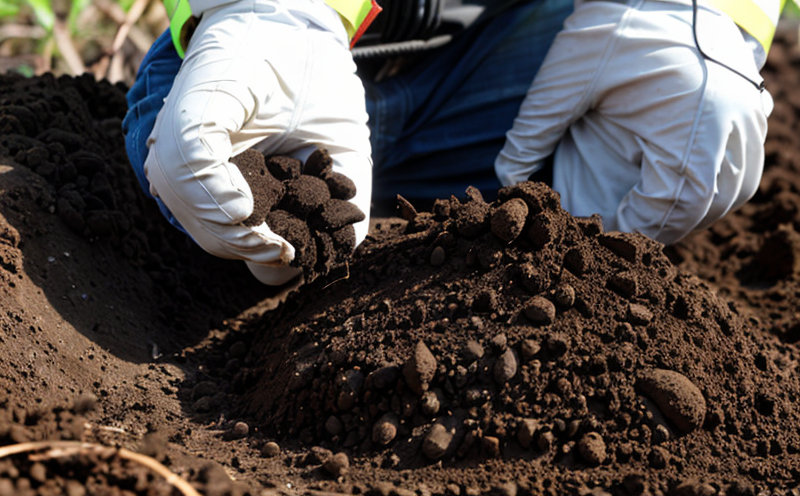Soil contamination monitoring inspection
The process of soil contamination monitoring and inspection is crucial in ensuring environmental compliance and safeguarding human health. In sectors such as energy systems, where land use changes are frequent due to industrial activities, it is imperative to monitor the quality of soil to prevent potential risks associated with contaminated sites.
Soil contamination can arise from various sources including petroleum hydrocarbons, metals like lead and arsenic, pesticides, and other hazardous substances. The primary goal of a monitoring program involves identifying and quantifying contaminant levels in soil samples, assessing the extent of contamination, and tracking changes over time.
Our laboratory utilizes advanced analytical techniques to provide accurate and reliable results. Our team employs methods such as inductively coupled plasma mass spectrometry (ICP-MS), gas chromatography-mass spectrometry (GC-MS), and colorimetric tests which comply with international standards including ISO 17025 for quality assurance.
For effective soil contamination monitoring, we follow a systematic approach: sample collection, preservation, transportation, preparation, analysis, and reporting. This process ensures the integrity of data while meeting regulatory requirements set forth by relevant bodies like EPA (United States) or ECHA (European Union).
The importance of this service cannot be overstated given its role in supporting sustainable development goals related to air quality improvement, water resource management, waste minimization, and biodiversity conservation.
Industry Applications
| Industry Sector | Application Area |
|---|---|
| Energy Systems | Renewable energy sites, power plant expansions. |
| Construction | New housing developments, commercial buildings. |
| Manufacturing | Industrial estates, chemical plants. |
- Petrochemical refineries to ensure safety during expansion projects.
- Real estate developers for site assessments prior to development.
- Power utilities for compliance with environmental regulations.
Environmental and Sustainability Contributions
Monitoring soil contamination supports broader objectives aimed at protecting ecosystems, reducing pollution, enhancing resource efficiency, and promoting responsible consumption patterns. By identifying contaminated areas early on, stakeholders can implement mitigation strategies promptly, thereby minimizing environmental impacts.
- Promotes cleaner air through reduced emissions from contaminated sites.
- Contributes to better waste management practices by ensuring proper disposal methods are used.
- Enhances biodiversity conservation efforts by addressing threats posed by pollutants in soil.
Use Cases and Application Examples
| Scenario | Data Collected |
|---|---|
| New housing development project. | Baseline soil quality data, contaminant concentrations before construction begins. |
| Renewable energy site expansion. | Contaminant levels post-installation to evaluate effectiveness of mitigation measures. |
- Post-construction monitoring at a commercial building site where contamination was initially detected.
- Pre-expansion evaluation for an industrial estate in close proximity to residential areas.





